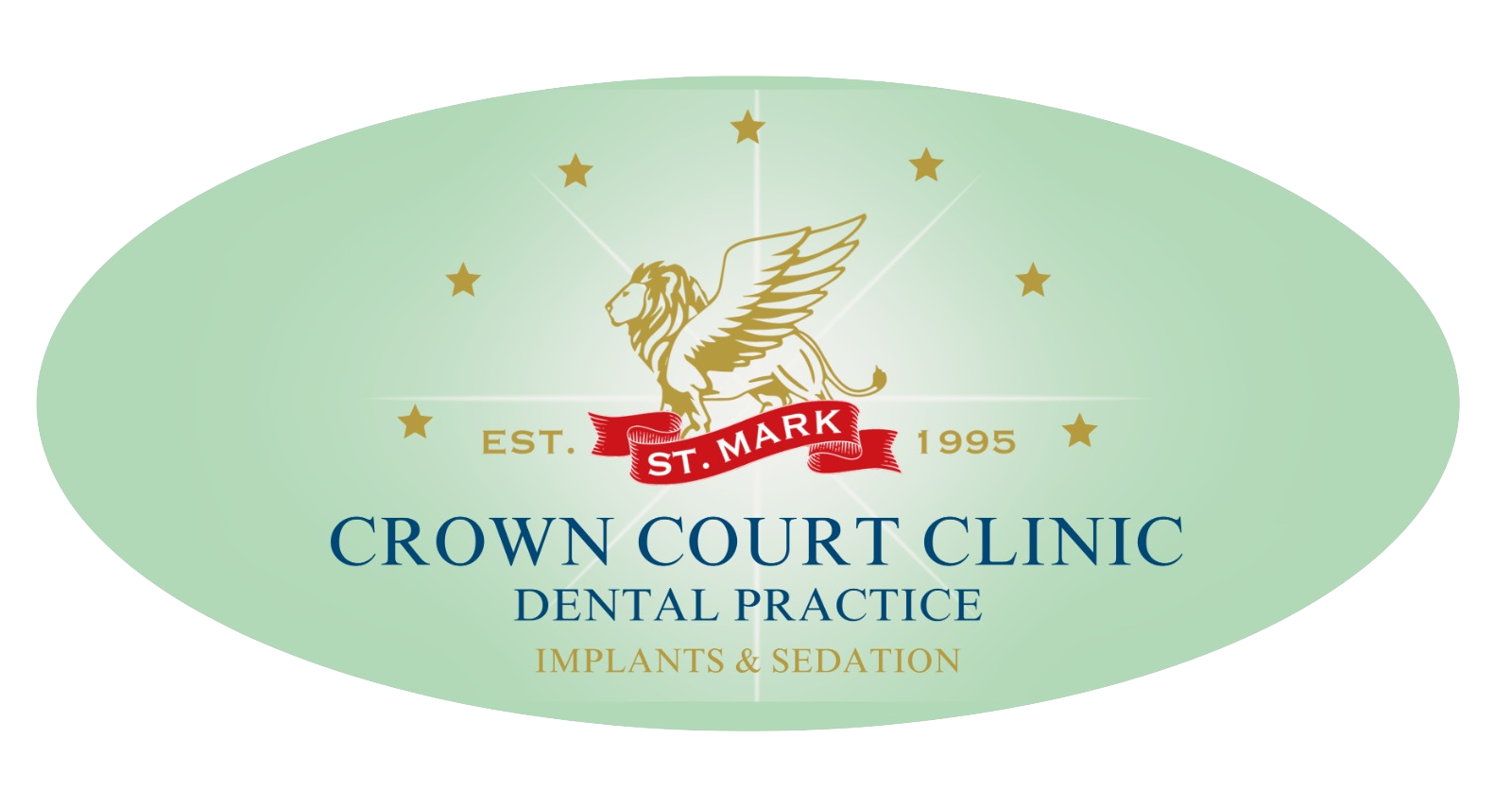General Dentistry
General Dentistry
Preventive Dentistry Procedures available
at Crown Court Clinic
In our busy lifestyles proper oral and dental hygiene can easily get over-looked, whether that be failing to brush your teeth and floss regularly or simply not coming in to see a dentist for a check up and only doing so when you are in pain. Unfortunately however, Dental problems become more painful and more expensive to fix the longer they go untreated. With preventive dentistry, we can help catch tooth decay, periodontal disease, and other problems early, and restore your oral health as quickly as possible.
Preventive dentistry procedures range from recent technological advances to basic services that have been offered by dentists for decades. These procedures include:
Hygienist:
This is where your oral health starts. When you eat or drink something, some of the particles get stuck on and in-between your teeth, causing plaque. Plaque is a sticky film that builds up on your teeth and contains millions of bacteria. If you don’t remove it, the bacteria will turn the sugars in your food into acids, which will eat away at the enamel of your teeth, causing cavities. That’s why regular professional cleanings are so important. Our hygienist has specialised tools that can reach areas of your mouth to remove the plaque and tartar that your toothbrush can’t.
Oral Cancer Screenings:
Oral cancer is on the rise, and the fastest growing at-risk group is non-smoking adults under the age of 50. Because oral cancer can’t usually be seen with the naked eye until it’s in advanced stages, our dentists offer Identfi, a multi-spectral imaging device that can detect cancer in its earliest and most curable stage.
X-rays:
Radiographic, or X-ray, examinations are an important tool to show the condition of your tooth, its roots, jaw placement, and the overall composition of your facial bones. X-rays can help us determine the presence or degree of periodontal disease, abscesses, and many abnormal growths such as cysts and tumors. X-rays also can show the exact location of impacted teeth, cavities, and other problems that may not be possible to detect through a visual examination.
Mouthguards:
Athletic mouthguards are designed to absorb and distribute the forces of impact and minimize injury to your mouth. The best ones are custom-made for you by your dentist.
Extractions
There are some situations when it’s in your best interest to have a tooth removed. These can include a severely broken or decayed tooth, impacted wisdom teeth, overcrowding or advanced periodontal disease. Tooth extraction is typically a very routine procedure. Keep in mind that a tooth is not rigidly fixed in the jaw bone. It’s attached to the bone by a network of fibres called the periodontal ligament. By carefully manipulating the tooth, these can be detached and the tooth can be extracted without too much trouble.
When we extract a tooth we begin by taking an x-ray to assess the position of the tooth roots and the condition of the bone surrounding the tooth. We will also discuss your options for anesthesia. Many times, you only need an injection of local anaesthetic to numb the tooth to be removed and the surrounding bone and gum tissue. Additional sedatives may also be used, including oral sedatives, nitrous oxide, and/or conscious sedation, which is administered intravenously. IV sedation is usually required for multiple or more complicated tooth extractions. The sedation medication will keep you comfortable during the procedure. We offer an unrivalled sedation service which makes us well placed for children and nervous patients.
Once the tooth has been removed, we cover the empty socket with sterile gauze and apply gentle pressure for about 10 to 20 minutes to control any bleeding. We advise you whether you should take an anti-inflammatory drug such as ibuprofen to alleviate any mild discomfort you may feel after the extraction. Within a few days, your mouth should feel normal again.
Fillings
There are many reasons why a tooth may need to be filled or restored – decay and chipping are two common ones. Cosmetic dentistry has come a long way since one had to fix a cavity by drilling away healthy tooth structure and filling it with a very obvious amalgam (silver) filling. Tooth-coloured fillings look natural, they are safe, reliable and long-lasting. They also don’t require drilling away healthy tooth structure to make room for it as the tooth-colored filling chemically bonds to the tooth, making it even stronger. Composite fillings are durable, fracture-resistant, and able to withstand the pressure applied by chewing.
